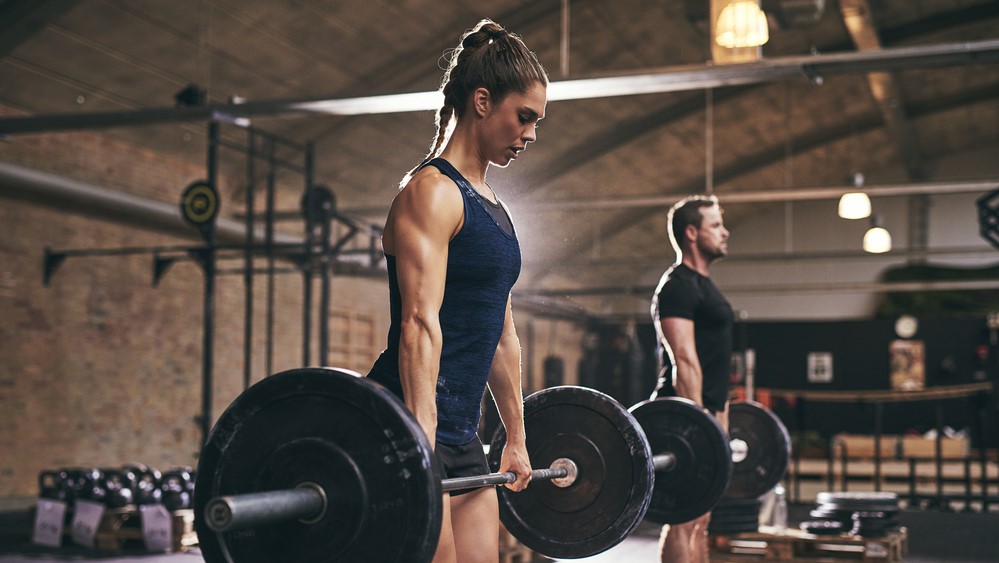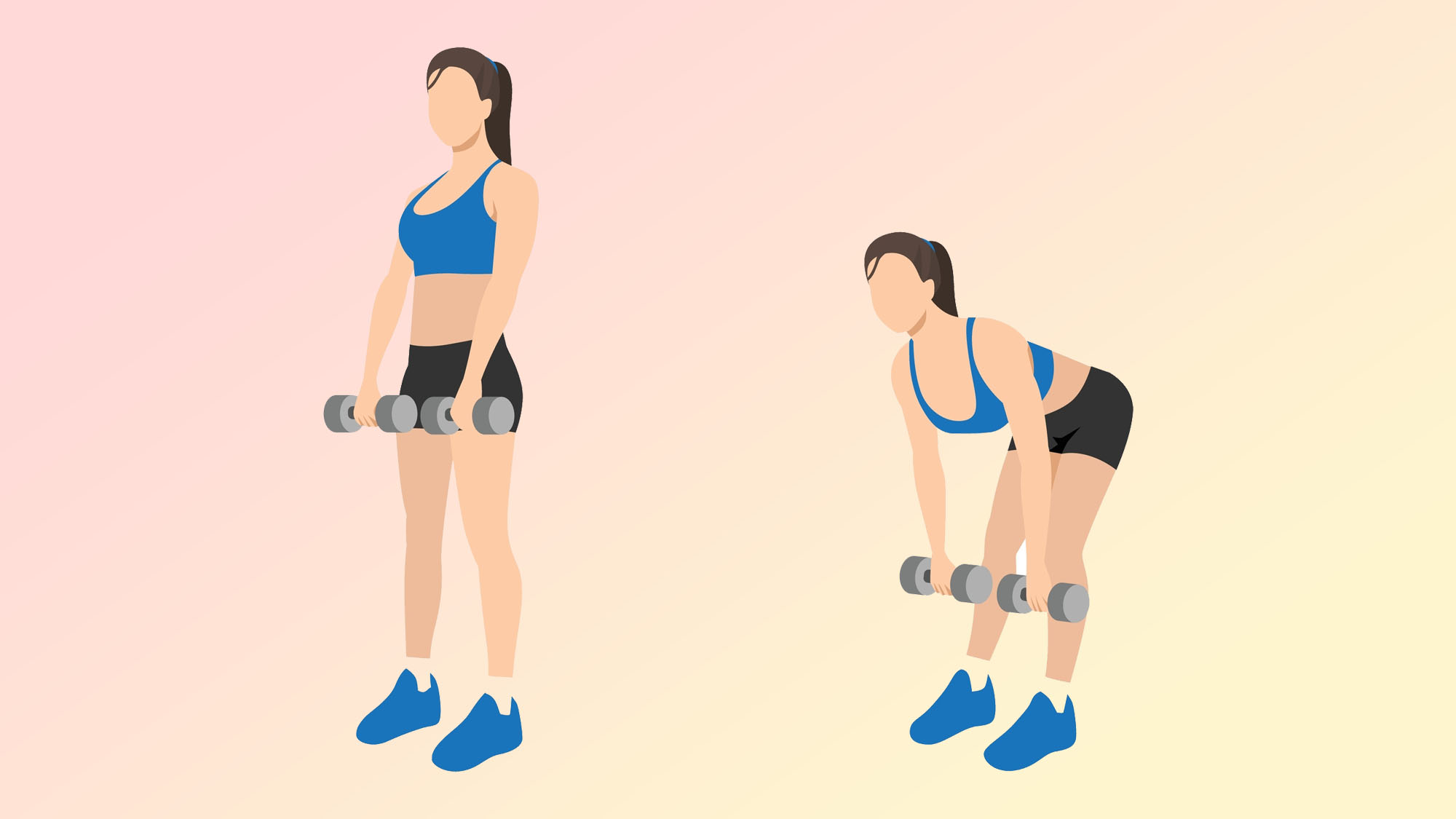How to do a Romanian deadlift with great form
Looking to build bigger, stronger legs? This exercise is key

The Romanian deadlift is a take on the deadlift, which most weightlifting gym-goers are very much acquainted with. Below, we cover how to do a Romanian deadlift with good form, the benefits of doing one, and why your form matters.
The RDL is a great compound exercise for developing your posterior chain muscles. This starts at the top of your back at the traps, and runs down to your calves, including the erector spinae (back), glutes, and hamstrings.
By hitting these powerhouse muscles, you can develop strength, build muscle, and improve your posture. Romanian deadlifts are one of the best leg day strength movements to help switch on your hamstrings and improve your deadlift technique, but you could also increase explosiveness, speed, power, and day-to-day hip health through this hip-hinge movement.
Want to know how to do them with perfect form? Read on.
How to do a Romanian deadlift

The main difference between a deadlift and a Romanian deadlift is where the barbell is when you start the movement. A conventional deadlift starts with the bar on the floor, but the Romanian deadlift, or RDL, starts with the bar at hip height.
During an RDL, you'll also maintain a soft knee bend and lock your legs into position, rather than bending them as the bar passes your knees.
To do an RDL correctly, the bar must be lifted from the floor in a safe way. This move can also be done using dumbbells. We've found the best adjustable dumbbells for weightlifting at home here.
Sign up to get the BEST of Tom's Guide direct to your inbox.
Get instant access to breaking news, the hottest reviews, great deals and helpful tips.
Set-up
- Stand with your feet shoulder-width apart and toes forwards
- Position the barbell so that it’s over your shoelaces when you look straight down
- Torso must be upright, the arms are straight, and the shoulder blades are dropped down
- Bend down and grab the bar with a slightly wider than shoulder-width grip, be sure to keep your back flat, an easy way to think of this is to stick your chest and butt out, plus shoulders over the barbell
- Stand up.
Step 1 — Control the eccentric phase (the lowering phase)
- Brace your core and push the hips back
- Graze the barbell or dumbbells down your legs and keep that back flat
- Your torso should ideally become parallel with the floor and the dumbbells or barbells hang at shin level.
When done correctly, you should feel tension developing in the hamstrings and across the back (lower and middle, especially around the shoulder blades).
Step 2 — Lift with the Hips and Hamstrings
- Once you are at the bottom position, imagine someone as sent an electric shock through your butt and snap back up.
Step 3 — Achieve Full Hip Extension
- As you reach full extension of the hips, be sure to keep the ribcage down and glutes active.
What are the benefits of Romanian deadlifts?
Romanian deadlifts are great for those who want to improve their hip mobility and target their glutes. So those who find themselves preferring squats above all else in the gym, these are for you! They can also help to strengthen the posterior chain muscles and engage the core.
What are the different variations to try?
You can try lots of different variations when it comes to Romanian deadlifts. Some of those variations include:
Barbell Romanian deadlift
Single leg Romanian deadlift — as the name suggests, this move is often done by holding a dumbbell in one hand and balancing on one leg.
Banded Romanian deadlift — here's how to deadlift with a resistance band.
Single arm Romanian deadlift
Snatch grip Romanian deadlift
What are some common form mistakes?
Rounding the low back
This usually occurs due to the lack of control or awareness through the trunk of the body, or when people attempt to go lower than their hamstring mobility will allow.
Bar drifts away from body
If you fail to engage your lats, therefore pressing the bar into your legs, the bar will travel away from the centre of gravity.
Too much knee flexion
This also often occurs when someone goes further than their mobility allows. But, it can also be related to a lack of understanding of pushing the hips back to stretch the hamstrings.
More from Tom's Guide
- Sam HopesSenior Fitness Writer, Fitness and Mobility Coach

